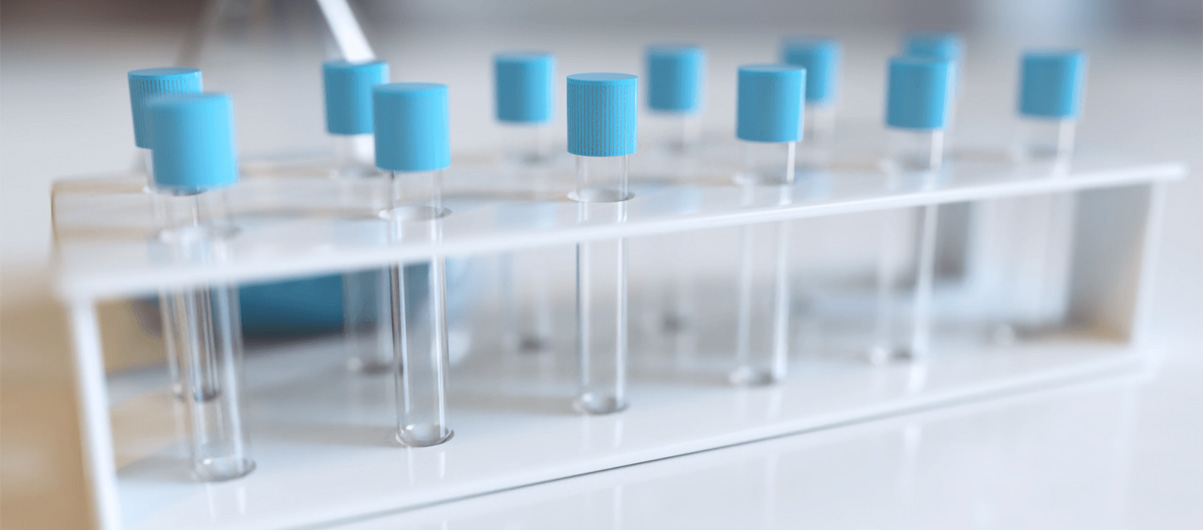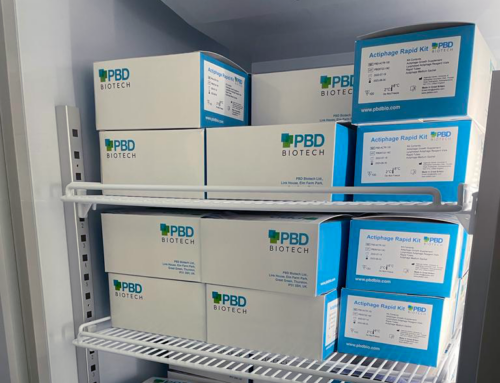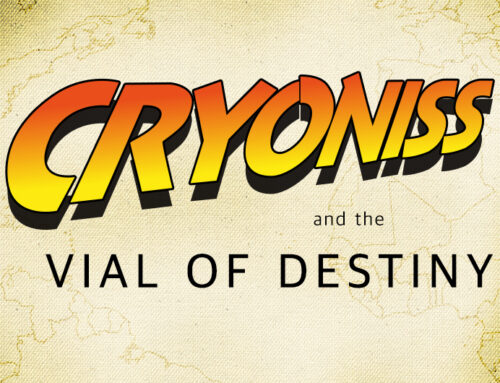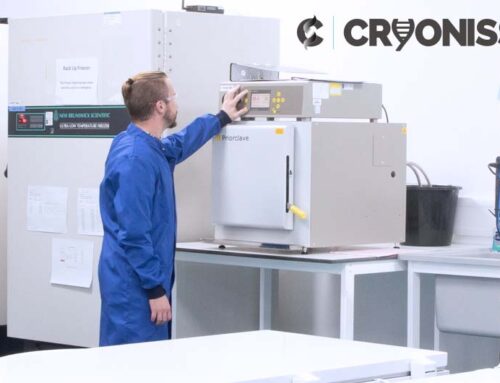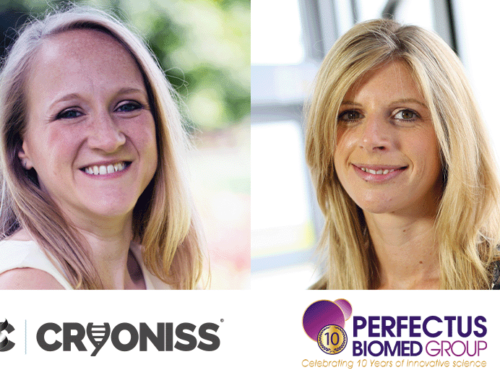Why is good aseptic technique important?
Good aseptic technique is important as Cell lines pose a biosafety risk to the user, potentially harbouring pathogenic viruses, adventitious agents and genetically modified organisms. (GMOs).
The Advisory Committee on Dangerous Pathogens (1995) Categorisation of Biological Agents According to Hazard and Category of Containment, 4th edition and the Health and Safety Executive, recommend designating human cell lines to at least Category 2, although this is dependent on the cell line and nature of work.
Considering the various risk factors present (examples outlined below), cell lines should be risk assessed prior to undertaking any wet work:
- Infectious agent
- Are disabled strains used presenting negligible risk?
- Is the organism pathogenic?
- What is the organism’s survivability in the environment?
- Has a genetic modification to an organism altered its infectivity or its risk compared to the wild type?
- Work environment
- Is there restricted access to the laboratory?
- Are there any class II cabinets or is work carried out on the bench?
- Are animals contained?
- Activity
- What is the concentration or titre of agent in the material being handled?
- What is the physical form and scale of media containing the reagent?
- What exposure scenarios are there, e.g. presence of sharps in the workflow or aerosol generation risk?
- What is the experimental process and subsequent exposure scenarios?
- People, consider both staff as well as visitors, students, cleaners, engineers and downstream staff handling waste etc.
- Are people immunocompromised?
- Are there pregnant members of staff?
- Do staff suffer from allergies, for example asthma?
- Does anyone have cuts on their hands?
- Are all people trained in the most up to date standard operating procedures?
Alongside the risk to human health, poor aseptic technique frequently leads to the generation of incorrect data, and the presence of contaminants, which can include chemical, biological pathogens or cross contaminating cell lines, is considered a contributing factor to the reproducibility crisis. In 2015, Freedman et al reported $28 Billion a year is spent on data that cannot be replicated in the USA alone. Read our blog on “Reproducibility Crisis” for the latest thoughts phenomenon.
Good aseptic technique is our primary tool to ensure the validity of the research being carried out and more importantly the protection of staff, the wider community and environment.
There are plenty of resources in the public domain to support scientists to carry out exceptional science, check out the following links for more information:
- ECACC Fundamentals Techniques of Cell Culture
- ECACC Fundamentals Cell Culture Training Course
- 2014: Guidelines for reproducibility and rigor or research in reporting preclinical research
- International Cell Line Authentication Committee misidentification of cell lines database
- Mouse cell line authentication consortium
- Cellosaurus database

